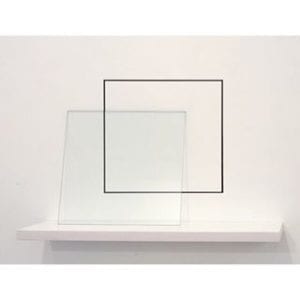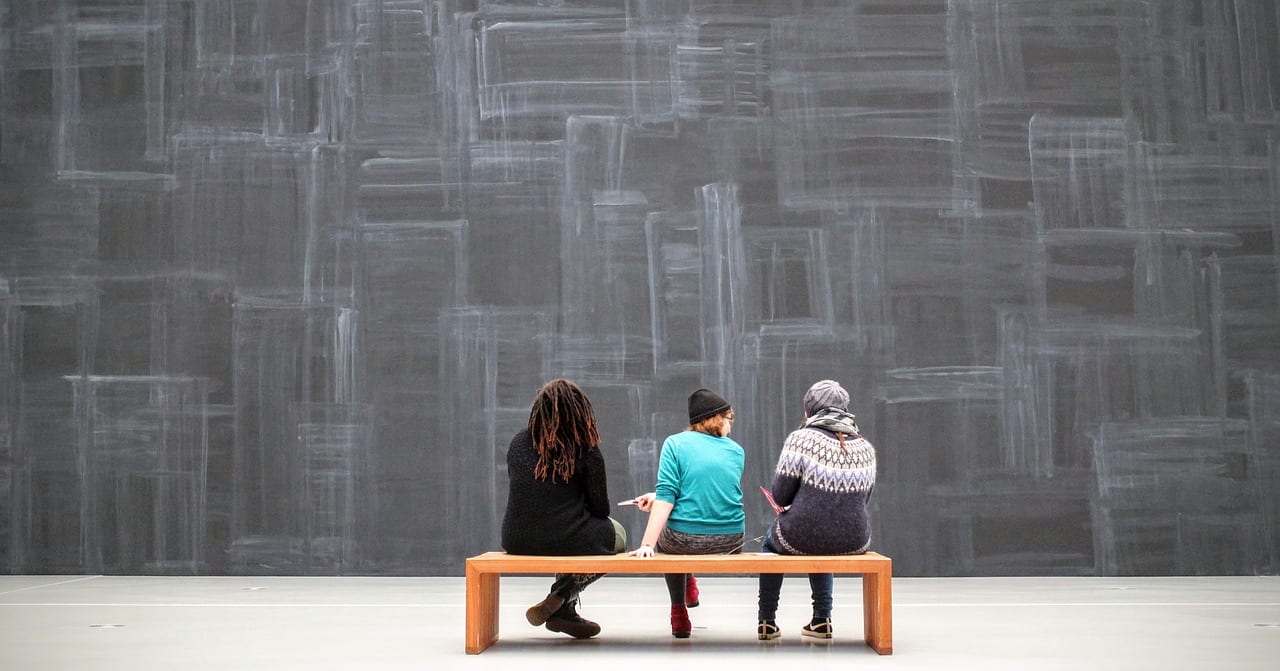Can Online Art Markets Breathe New Life into Modern Art?
Good Art, Bad Art
Art is open to interpretation. A piece can be critiqued until the artist is blue in the face, but ultimately, it cannot be considered “right” or “wrong.” The true beauty of art is that it can move us; make us feel. But it can also turn us off and disappoint us. And there will always be pieces that we will never understand no matter how hard we try to relate.
The latter three scenarios are what more and more art fair goers and gallery dwellers are finding as contemporary art continues inching ever closer to extreme conservatism.


Jose Davila artwork exhibited in Art Basel 2015
Mainstream Art
What happens when audiences can’t connect or engage with contemporary art they see at trendy art expos? Does a disinterested audience squander sales opportunities? Do we even have a say as consumers?
Part of the problem lies in contemporary art’s unwavering push to the mainstream and persistent cynicism that has led to unengaged art – art that never comments on or critiques the issues we are all facing today.
Take Art Basel Miami, for example, which hosts one of the largest art fairs in the market. Economists say that the market the fair sits on is a part of a tiny subset of the economy that belongs to the “ultra-high net worth individuals.” In turn, Art Basel Miami has been transformed into an event that shuns innovation or difference rather than welcoming it with open arms.
Furthermore, cynical and snarky critiques are making it increasingly difficult for those who are creating engaging and interesting work to navigate the art market. With so much going on in the world today – the Black Lives Matter movement, ISIS, marriage equality, income inequality and so much more – one would expect Art Basel Miami and other art fairs to at least display art that speaks to its audience; art we can all relate to on some level.
Even artists who are producing engaging and controversial art are finding nothing but silence from critics. There are far too little – if any – conversations about the depth of their work.
Today, the Art Basel Miami event and others like it are about as “rousing as a corporate financial statement,” as one report called it. That now-fitting description is a stark contrast to what was once an edgy and smart show.
Few Surprises
Save for a handful of work tucked into the back corners of the venue, the pieces on display were about as controversial, interesting and engaging as a Sunday afternoon drive with your grandparents.
But again, in a world where the ultra-rich are treating conservative contemporary art like hot stocks, it is hardly surprising that attendees rarely see anything that remotely pushes the envelope.
Even less shocking is the fact that the Art Basel Stabber was the main topic of conversation amongst most circles. And while not surprising, it is quite unfortunate. Rather than focusing on the substance of the work, the focus was fixated on this tragic incident.
We’ve ultimately reached a point where the super-rich are demanding nothing but highly conventional art that comes with little financial risk. These are the works that are displayed and exhibited in galleries. These are the works that everyday art lovers are yawning over; pining for breath of fresh air in the art market.
Adding fuel to the fire is the fact that criticism is all but dead today. Finding an art critic who is willing to dole out a negative critique is like searching for the proverbial needle in a haystack. As others have accurately described, negative critique has been replaced by seemingly “untouchable art brands” and “PR machines.”
It makes little sense to belittle and ridicule the masses (i.e. the audience galleries hope to sell to) for wanting to not only talk about the issues that matter to them, but to see them as well.
So what does happen when audiences are unable to connect with the art they see at fairs like Art Basel Miami? Very little apparently. And does the audience’s disinterest affect sales? Not likely. As previously mentioned, more art shows and fairs are catering to the ultra-wealthy and their tastes, rather than the masses.
And despite aiming for the ultra-rich, sales at the 2015 Art Basel Miami were sobering. Sure, there were plenty of new artists, but multi-million dollar sales? Those were far and few in between.
Frustrated customers
Do consumers ultimately have a voice or a say in the art galleries and trade shows present? That question is debatable, but the answer is inching ever closer to “no.”
Thankfully, frustrated art lovers do have other options. Physical art galleries and shows are only one end of the spectrum. Increasing numbers of people are purchasing their art online, where their options are nearly limitless. The work on offer at an online art sale isn’t dependent on the whims and moods of big gallery brands. While it would be a stretch to call it a renaissance of sorts, the vast and endless worldwide web is providing artists who create engaging, interesting art with a new platform to reach their audiences.
But for the kind of art that moves and reaches the everyday person to return to big-brand gallery walls, those in the tight-knit art world circle need to open their doors and minds to innovative and different works and styles.
Until then, collectors can turn their focus to online markets where they can find art that they can relate to – art that speaks to them.









